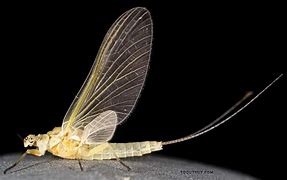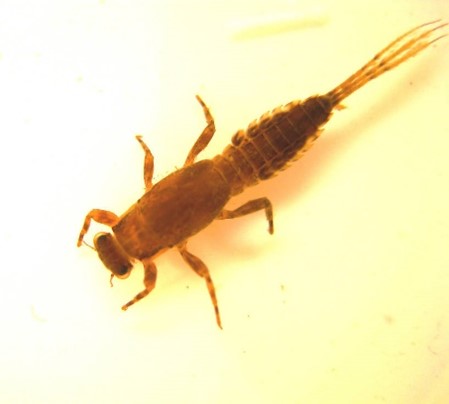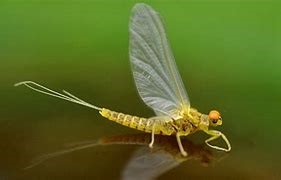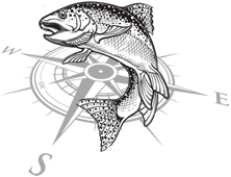
The Pale Morning Dun Mayfly (Ephemerella Infrequnes) is known by many old fly fishers as the Summer mayfly. On many Western rivers it is the dominate mayfly throughout the Summer. Like all mayflies the cycle of life revolves around and incomplete metamorphosis where those floating little yellow mayflies must fly away from the river into the rivers riparian zone to finish that metamorphosis by molting out of their skin to become a finished adult (Spinner). It is the Dun stage (The stage where it is floating on the surface of the river) where it become trout food. The most important stage of the PMD is in the nymph stage, emerger stage and the Dun stage. All anglers need a large selection of artificial flies to mimic these three stages.

One of the most confusing things about a PMD hatch for many anglers is the color of the PMD’s body. Most, if not all, anglers think of the PMD as, “That little yellow mayfly.” In fact the body color of the PMD mayfly may very by species, time of year and the river it is hatching from. The female body tends to have that typical yellow body while the male a more tan color. The PMD range is size from size 14 to size 18. More common here in Idaho is the size 16. Their colors can range from deep yellow, pale yellow to cream or even tan depending on the river system they live in.

Over the years I have polled many a fly fisher on which pattern of artificial fly they prefer to use during a PMD hatch. It seems the majority of those polled agree with my own favorite, the Parachute PMD. I tie the Para PMD in the color schemes mentioned above and I fish the fly as the emerger pattern it is. In fact feeding trout during a PMD hatch will prefer to take the emerger pattern over that of the dry fly patterns. The Klinkhammer emerger pattern as well as the Split Case PMD emerger pattern are also extremely effective. There are a myriad of other emerger patterns that will work just as well. The key is to present your fly in front of feeding trout and to make sure your fly matches one of the hundred or thousand other floating naturals. When nymph fishing during the off hours of a hatch I prefer using the Split Case PMD emerger and/or the RIP (Rest in peace) PMD emerger. Both of these nymphal emerger patterns look closely like the real nymph.
It is a good idea to have on hand an aquarium net so you can pluck off the surface of the river the passing PMD during an emergence. This is a sound strategy that allows you good accurate estimation of the correct color and size of the PMD that are hatching. By having multiple patterns of different colors and sizes you will reduce the time it takes you to progress through your flies before finding the right one. Doing a little home work before going to the river will help you in knowing what time the hatch starts and what are the recommended patterns to have on hand.

